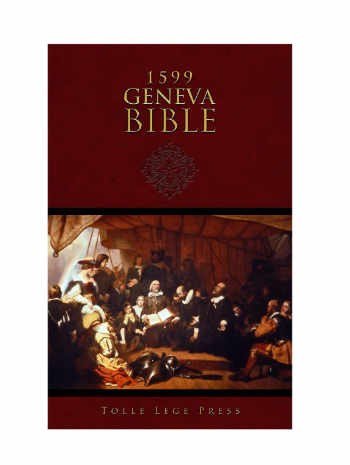Since its publication in 1962, A Wrinkle in Time has become one of the most frequently banned or challenged books, for multiple reasons. People have argued that it’s too complicated for children, and earlier critics disapproved of its plucky female protagonist. Among conservative Christians, one of the biggest objections has historically been the way that the book’s author, Madeleine L’Engle, mixes science and religion.
A Wrinkle in Time tells the story of Meg Murry, a girl who travels through time and space to save her father from evil forces. L’Engle, an Episcopalian, imbued her novel with religious elements and ideas. Yet at the time, many Christians viewed them as unorthodox.
“She was engaged in this project of revisioning Christianity, pretty much like C.S. Lewis was with The Chronicles of Narnia,” says Marek Oziewicz, a professor of literacy education at the University of Minnesota. It was “a vision of Christianity as a form of science, and science as a form of search for spirituality.”
The idea that science and religion can coexist may seem less controversial today, in an era where the Pope has publicly stated that scientific concepts like evolution and climate change are not at odds with Christianity. But in the decades following the book’s release, many U.S. Christians believed there was a conflict between contemporary scientific findings and the Bible’s vision of the world, particularly as astronomers and physicists learned more about the cosmos.
L’Engle felt differently. “She believed that there’s overlap between science and spirituality, and that new Christianity would be fully compatible with what modern science tells us about the universe,” Oziewicz says. To her, newly discovered parts of the universe didn’t represent a challenge to the Bible. Rather, she viewed them as part of God’s creation.
A Wrinkle in Time also sparked religious controversies because of the type of characters it included. Three of the main characters—Mrs. Whatsit, Mrs. Who, and Mrs. Which—are at once spiritual, angelic and kind of witchy. This led some to claim that the book encouraged witchcraft, or heretically conflated Christianity with the occult. One scene in particular—which depicts Jesus, Gandhi, Einstein, and the Buddha standing together against the forces of evil—offended Christians who thought L’Engle was equating these four figures.

